Implementing a Successful Legal Document Management System
In the world of legal document management, having the right Document Management System (DMS) in place can significantly enhance efficiency, compliance, and collaboration. However, choosing the right features for your Legal DMS is just the first step. To maximize its potential, you must also focus on the crucial phases of implementation and training. These processes are essential for seamless integration and ensuring that your users and stakeholders can harness the full power of your DMS.
Written by Knowledge Team, posted on October 16, 2023
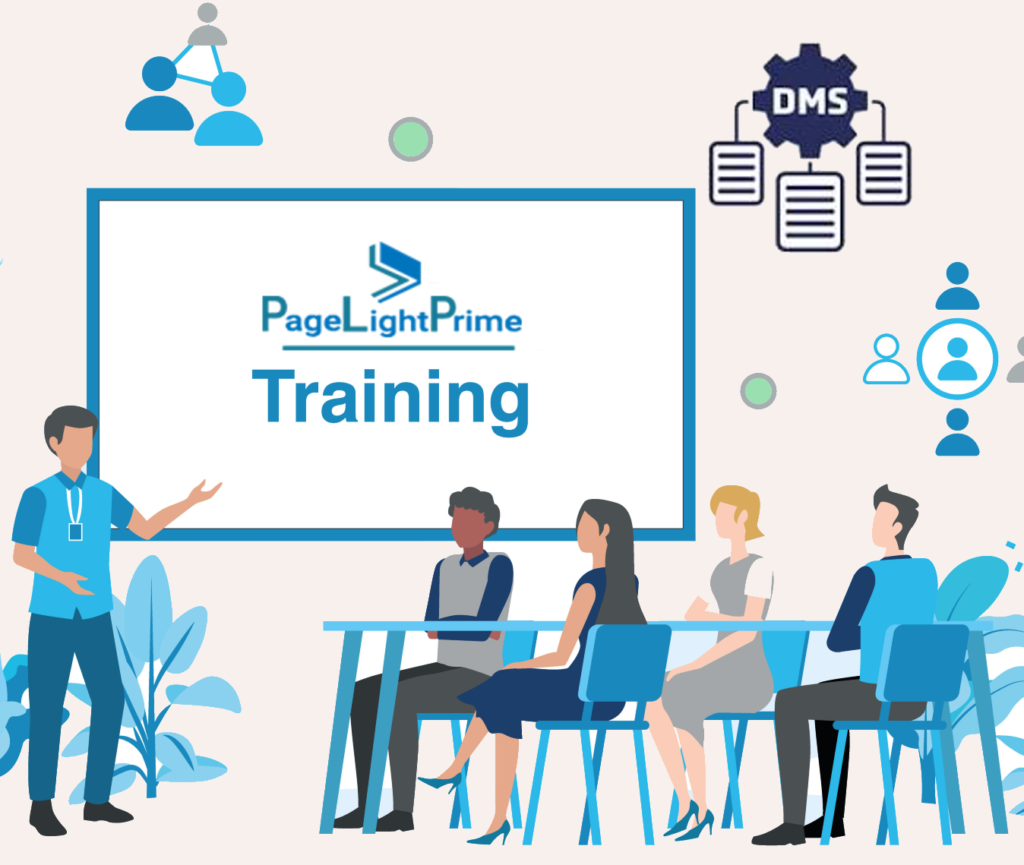
The Importance of Implementation
Implementation is the phase where your chosen Legal DMS is brought to life within your organization. It involves several critical steps:

Software Selection
Before delving into implementation, it’s vital to choose the right Legal Document Management Software. Evaluate various options, consider features, scalability, vendor support, and regulatory compliance, if applicable.
Installation
Installing the DMS software is the initial technical step. This process requires a detailed understanding of your system’s requirements, and it may involve setting up servers, databases, and network configurations. Ensuring compatibility with your existing IT infrastructure is vital to avoid potential conflicts.
Configuration
Configuring your DMS involves tailoring the system to your specific legal requirements. This includes defining document categories, access controls, workflows, and security features. Configuration ensures that your Legal DMS aligns with your unique processes and needs, ultimately improving compliance and security.
Data Migration
Data migration from legacy systems to the new DMS can be challenging. This phase requires careful planning to ensure that all existing documents and data are seamlessly transferred to the new system.
Integration
Integration is a crucial aspect of DMS implementation. Your Legal DMS should seamlessly integrate with other systems you use, such as case management software, email clients, and law firm accounting software. This integration streamlines data sharing and reduces duplication of efforts, thus enhancing collaboration.

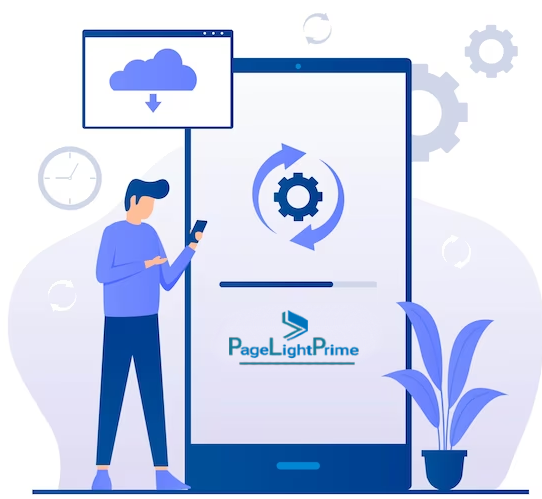
User Access Controls
Highlight the importance of setting up user access controls within your DMS to protect sensitive legal documents and ensure compliance with data protection regulations.
Security and Compliance
Mention the critical role of security measures and compliance checks, especially in the legal field, and explain how the DMS can assist in maintaining compliance with industry regulations.
The Training Imperative
Once your Legal DMS is implemented, the next critical step is user and stakeholder training. Training is the cornerstone of successful DMS adoption, as it empowers your team to use the system effectively and efficiently. Here are some key considerations for a successful training program:
Comprehensive Training Plans
Develop a detailed training plan that covers various user groups within your organization. Tailor the content to the specific roles and responsibilities of each group, whether they are attorneys, paralegals, or administrative staff. Highlight how the DMS improves efficiency, ensures data security, and facilitates compliance.
Hands-On Workshops
Interactive, hands-on workshops are an effective way to engage users and help them gain practical experience with the DMS. Encourage participants to perform tasks they would encounter in their daily work, fostering a deeper understanding of the system’s capabilities. For example, lawyers can practice document retrieval and drafting using the DMS, while paralegals can simulate workflow automation processes.
User Manuals and Resources
Provide comprehensive user manuals, guides, and online resources that users can refer to as they become more familiar with the DMS. These resources should be easily accessible and regularly updated, ensuring that users always have the latest information at their fingertips.


Continuous Support
Establish a support system for users to seek help and guidance when using the DMS. This can include a helpdesk, email support, or even dedicated DMS experts within your organization who can address questions and issues promptly. Encourage users to seek help whenever they encounter challenges and emphasize the importance of immediate support for any technical issues that may arise.
Feedback Mechanisms
Encourage users to provide feedback on their DMS experience. Use this feedback to make improvements, address concerns, and refine the training program over time. Continuous improvement ensures that the DMS remains aligned with evolving organizational needs.
Metrics and Measurement
Define key performance indicators (KPIs) to measure the success of DMS implementation and training. These metrics can help assess the return on investment and make continuous improvements.
User Engagement
Stress the importance of user engagement during hands-on workshops and training sessions. Engaged users are more likely to embrace the DMS and make the most of its capabilities.
Change Management
Discuss change management strategies and how to manage resistance, guide employees through the transition, and maintain morale and productivity during the implementation and training phases.
Regulatory Considerations
If your legal environment is subject to specific regulations, explain the importance of ensuring that the DMS complies with these regulations and highlight any features or controls that facilitate compliance.
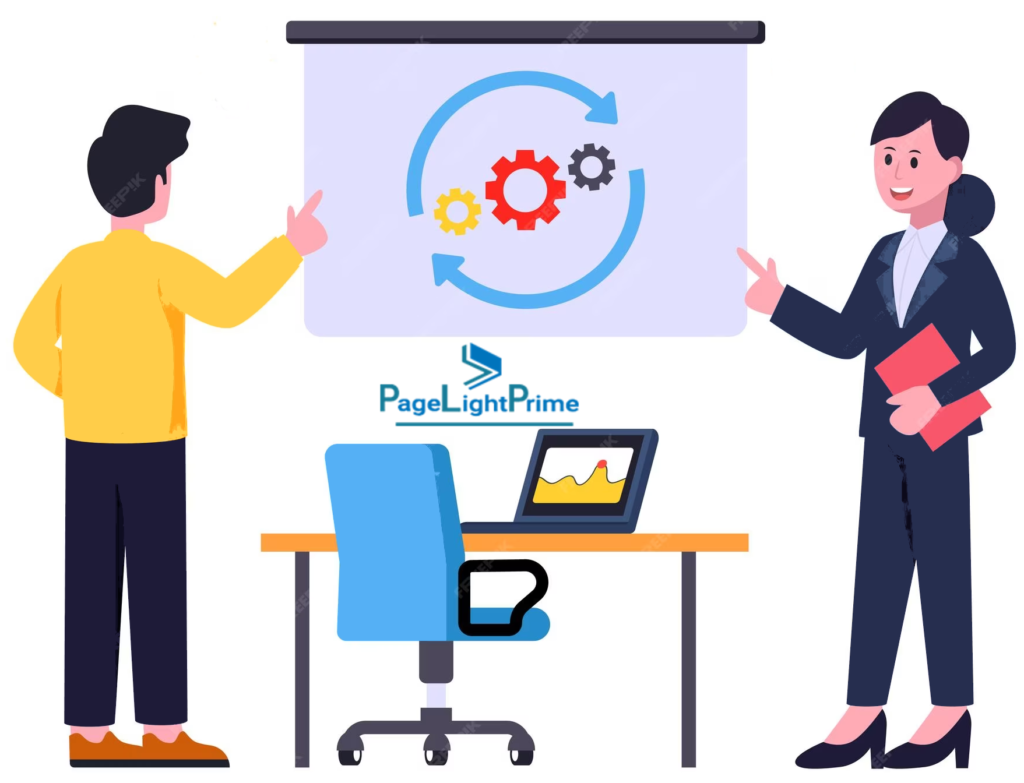

Cost Considerations
Mention the importance of budgeting for DMS implementation and training to ensure adequate resource allocation for a successful transition.
Technology Updates
Note that technology evolves over time, and organizations need to plan for periodic updates to the DMS and training materials to keep up with the latest features and best practices.
Communication is Key
Throughout the implementation and training processes, effective communication is not just crucial; it’s the backbone of success. A well-structured communication strategy ensures that all stakeholders are well-informed and engaged, creating a positive atmosphere for the implementation of the Legal DMS.
Stakeholder Engagement
Begin by identifying all stakeholders involved in the DMS implementation and training. This typically includes legal professionals, support staff, IT personnel, and management. Clearly define their roles and responsibilities in the process, and ensure they understand the potential benefits and changes that the DMS will bring to their daily workflows.
Transparency
Transparency is fundamental. Keep all stakeholders in the loop about the progress of DMS implementation. Regular updates, meetings, and progress reports can help address concerns and create a sense of involvement and ownership.
Benefits Communication
It’s essential to articulate the benefits of the Legal DMS to your organization. Emphasize how it aligns with your long-term goals, such as increased efficiency, reduced compliance risk, and better collaboration. Concrete examples and success stories can help illustrate these benefits.

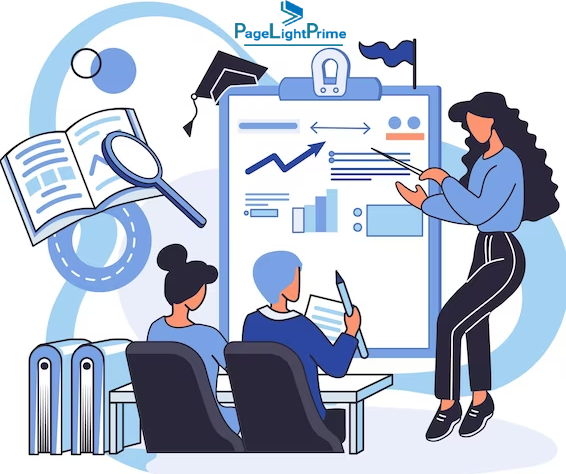
Training Schedules
Clearly communicate training schedules well in advance, allowing participants to plan their time accordingly. Use various communication channels such as emails, intranet announcements, and bulletin boards to ensure that everyone is aware of training dates and times.
Feedback Channels
Create easy-to-access feedback channels for stakeholders. This can include dedicated email addresses, suggestion boxes, or regular feedback sessions. Encourage open and honest feedback about any challenges or suggestions for improvement.
Support Resources
In addition to user manuals and guides, provide information on how to access support resources. Communicate the availability of a helpdesk, contact information for DMS experts, and troubleshooting guides. Make sure users know where to turn when they need assistance.
Change Management Communication
During the implementation phase, communicate the strategies for managing change effectively. Address the concerns and resistance that may arise and emphasize the organization’s commitment to supporting employees through the transition.
Regulatory Updates
If your organization operates in a heavily regulated legal environment, ensure that you communicate any regulatory updates or changes in requirements related to document management. Your Legal DMS should adapt to these changes, and stakeholders need to be aware of them.
Security Awareness
Emphasize the importance of data security and compliance with all stakeholders, especially in a legal context where sensitive information is involved. Ensure that everyone understands the security features of the DMS and their role in maintaining the confidentiality and integrity of legal documents.
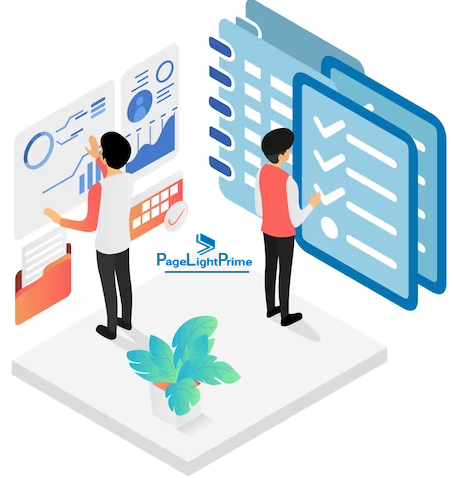
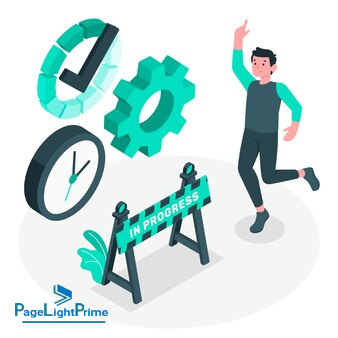
Continuous Improvement
Maintain communication channels even after the DMS is fully implemented. Regularly seek feedback from users and stakeholders to identify areas for improvement and new needs that arise over time.
Celebrating Milestones
Acknowledge and celebrate milestones achieved during DMS implementation. This can include successful data migrations, completion of training phases, or the attainment of efficiency and compliance goals. Recognizing these achievements motivates stakeholders and reinforces the positive impact of the DMS.
Conclusion
In conclusion, implementing and training for a Legal DMS is a strategic investment in your organization’s efficiency, data security, and compliance. By carefully planning the implementation process and providing comprehensive training, you can ensure that your Legal DMS becomes an indispensable tool for your legal professionals and staff. Remember that successful implementation and training are ongoing processes, and they should adapt to the evolving needs of your organization. With the right approach, your Legal DMS can transform the way you manage legal documents and streamline your legal operations.
